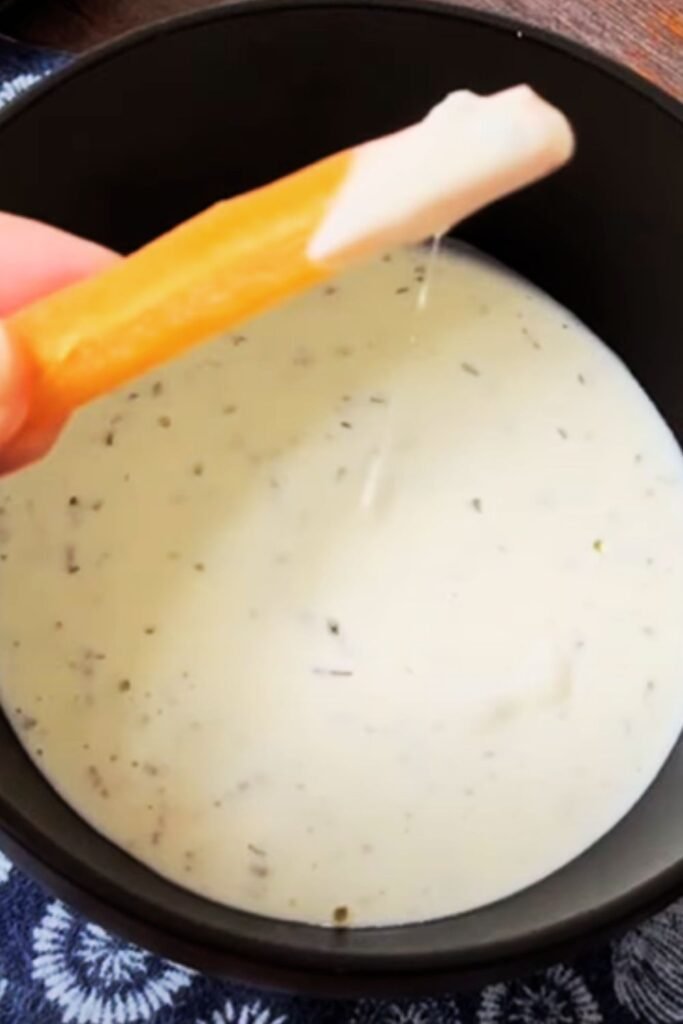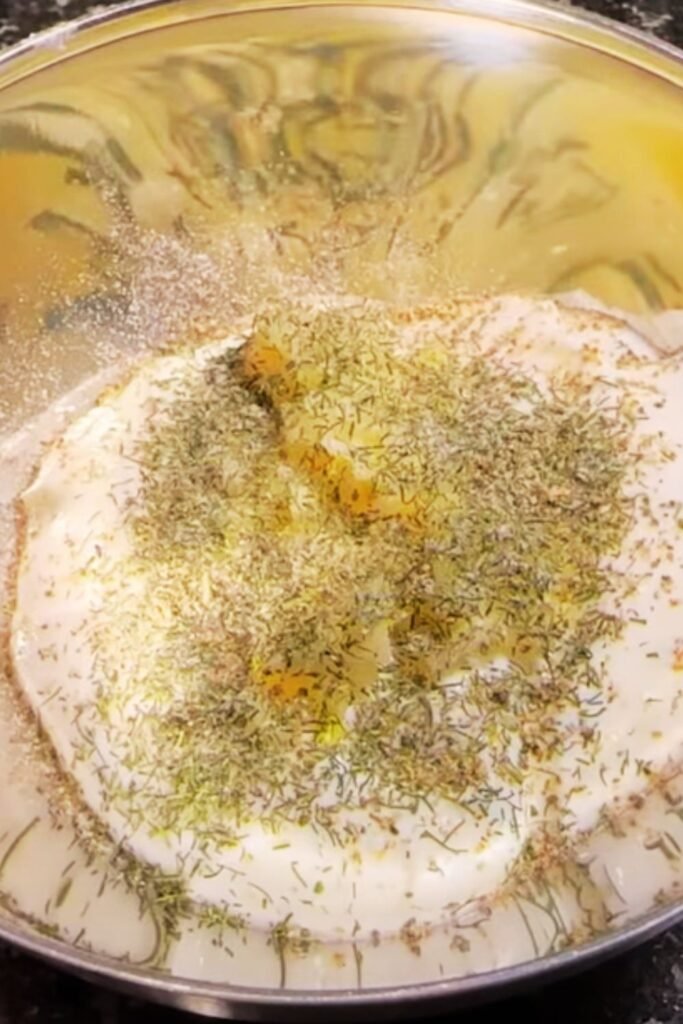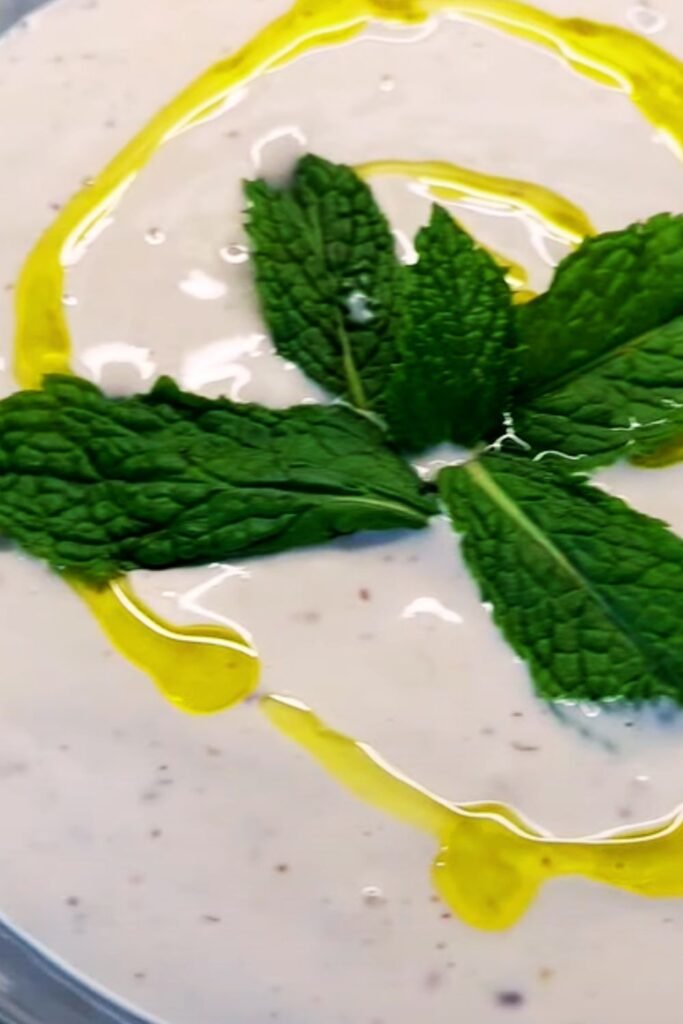Have you ever grabbed a kebab after a night out and found yourself thinking, “This sauce is the real star of the show”? That creamy, pungent garlic sauce that comes with your kebab is often what elevates a good kebab to a great one. I’ve spent years perfecting my homemade version, and today I’m sharing all my secrets so you can make authentic kebab shop garlic sauce that will rival—or even surpass—your favorite takeaway joint.
What Makes Kebab Shop Garlic Sauce So Special?
The first time I tasted proper kebab shop garlic sauce, I was hooked. It was simultaneously smooth and fluffy, intensely garlicky without being overwhelmingly bitter, and had a perfect balance of tang and richness. Most commercial versions use thickeners and preservatives, but at home, we can create something purer and even more delicious.
Traditional kebab shop garlic sauce (often called toum in Middle Eastern cuisine) is essentially an emulsion of garlic, oil, lemon juice, and salt. The process is similar to making mayonnaise, but with garlic as the emulsifier instead of egg yolks. When done right, it creates a sauce that’s light, airy, and packed with flavor.
The Science Behind Perfect Garlic Sauce
Before diving into my recipe, let’s understand what makes this sauce work. When garlic cells are crushed, they release compounds that can act as emulsifiers. These compounds help the oil and water-based ingredients (lemon juice) combine into a stable mixture. The trick is to add the oil very slowly while continuously blending, allowing these tiny droplets to become suspended in the mixture.
Temperature matters too. Room temperature ingredients emulsify better than cold ones. And most importantly, patience is key—rushing the process almost always leads to a broken sauce.
My Ultimate Kebab Shop Garlic Sauce Recipe
Ingredients
- 1 full head of fresh garlic (about 10-12 cloves)
- 1 teaspoon of sea salt
- 2 tablespoons of freshly squeezed lemon juice
- 1 cup of neutral oil (sunflower or canola work well)
- 1-2 tablespoons of ice-cold water (optional, for rescuing the sauce if needed)
- Optional: 1 small potato, boiled (a traditional trick I’ll explain)
Equipment
- Food processor or blender (a mini food processor works best)
- Measuring cups and spoons
- Rubber spatula
- Airtight container for storage
Step-by-Step Instructions
- Prep the garlic: Peel all the garlic cloves. Remove the green sprout in the center of any cloves that have it (this reduces bitterness).
- Start the emulsion: Add the peeled garlic cloves and salt to your food processor. Pulse several times until the garlic is very finely minced.
- Add acid: Scrape down the sides of the food processor with a spatula. Add 1 tablespoon of lemon juice and process for about 30 seconds.
- Begin the oil incorporation: With the processor running, start adding the oil in a very thin stream—literally drop by drop at first. The slower you add it, the more stable your emulsion will be. After about 1/4 cup of oil has been incorporated, you should see the mixture becoming pale and slightly thicker.
- Continue the emulsion: Add another 1/2 teaspoon of lemon juice, then continue drizzling in more oil while the processor runs. Alternate between small amounts of oil and tiny splashes of lemon juice until all ingredients are incorporated.
- Check consistency: The final sauce should be white, fluffy, and hold its shape like a light mayonnaise. If it’s too thick, you can pulse in a tiny bit of ice-cold water.
- Rest and develop flavor: Transfer to an airtight container and refrigerate for at least 1 hour before serving. This allows the flavors to develop and the sauce to firm up slightly.

Troubleshooting: When Things Go Wrong
If Your Sauce Breaks:
Don’t panic! A broken sauce looks separated and liquid-y rather than fluffy and creamy. Here’s how to fix it:
- The Potato Trick: This is an old-school method that kebab shop owners taught me. Boil a small potato, then mash about 1 tablespoon of it into a paste. Start a new emulsion with 1 teaspoon of this potato paste, then slowly incorporate your broken sauce, drizzling it in as if it were oil.
- The Egg White Method: If you don’t mind deviating from the traditional recipe, whisk one egg white in a clean bowl, then slowly drizzle in your broken sauce while whisking constantly.
- Start Fresh: In a clean processor, add one garlic clove with a pinch of salt, process until smooth, then very slowly add your broken sauce as if it were the oil in the original recipe.
Common Mistakes to Avoid:
- Adding oil too quickly: This is the primary reason sauces break. Be patient!
- Using old or sprouted garlic: This can make your sauce bitter.
- Not using enough salt: Salt helps break down the garlic cells, releasing their emulsifying compounds.
- Processing at high speed: A moderate speed works better for creating the emulsion.
Variations to Try
While the purist in me loves the classic version, I’ve experimented with several variations over the years that you might enjoy:
Herbs and Spices:
- Mint Garlic Sauce: Add 2 tablespoons of finely chopped fresh mint leaves at the end.
- Spicy Garlic Sauce: Mix in 1/2 teaspoon of cayenne pepper or 1 teaspoon of harissa paste.
- Herbed Garlic Sauce: Incorporate 1 tablespoon each of finely chopped parsley, mint, and dill.
Creamier Versions:
- Yogurt Garlic Sauce: For a milder sauce, fold in 1/4 cup of Greek yogurt after the emulsion is complete.
- Lebanese Cream Style: Add 2 tablespoons of tahini for a nuttier flavor profile.
Regional Variations:
| Region | Variation | Key Ingredients | Best Paired With |
|---|---|---|---|
| Turkish | Lighter, more lemony | Extra lemon juice, less oil | Chicken döner kebabs |
| Greek | Yogurt-based | Greek yogurt, cucumber | Gyros, souvlaki |
| Lebanese | Traditional toum | Pure garlic emulsion | Shish tawook, shawarma |
| British kebab shops | Creamier version | Sometimes includes mayo | Lamb döner kebabs |
| Persian | Mast-o-Musir | Yogurt with shallots | Koobideh kebabs |

Storage and Shelf Life
When stored properly, homemade kebab shop garlic sauce can last up to two weeks in the refrigerator. Here are my tips for keeping it fresh:
- Store in an airtight container with minimal air space above the sauce.
- Place a piece of plastic wrap directly on the surface of the sauce before closing the container.
- Never contaminate the sauce by double-dipping or using dirty utensils.
- The flavor will actually improve over the first 24-48 hours as the garlic mellows slightly.
Signs of Spoilage:
- Significant liquid separation
- Off smell (beyond the normal pungent garlic aroma)
- Change in color (yellowing or darkening)
- Mold growth
Serving Suggestions
The versatility of kebab shop garlic sauce extends far beyond just kebabs. Here are some of my favorite ways to use it:
With Meats:
- Grilled chicken or lamb skewers
- Homemade döner kebab wraps
- Roasted chicken
- Grilled steak
- Lamb chops
With Vegetables:
- Roasted cauliflower or broccoli
- Grilled eggplant or zucchini
- As a dip for raw vegetable crudités
- Drizzled over roasted potatoes
- Mixed into mashed potatoes
With Other Dishes:
- Spread on sandwiches or wraps
- Mixed into pasta for a quick garlic sauce
- Dolloped on top of homemade pizza
- Used as a dip for bread or pita
- Served alongside falafel
Mezze Platter Components:
| Component | Why It Works |
|---|---|
| Hummus | The garlic sauce adds punchy flavor contrast to creamy hummus |
| Olives | The acidity of olives cuts through the richness of the sauce |
| Falafel | The sauce acts as a perfect creamy counterpoint |
| Grilled halloumi | The salty cheese pairs beautifully with the sauce |
| Warm pita | Nothing better than dipping fresh bread in garlic sauce |
| Pickled vegetables | The tang complements the garlic perfectly |
Non-Alcoholic Drink Pairings:
- Ayran (yogurt drink)
- Mint lemonade
- Pomegranate juice
- Turkish tea
- Tamarind juice

Health Benefits of Garlic Sauce
While I primarily make this sauce because it’s delicious, it’s worth noting that garlic has been celebrated for its health benefits for centuries:
- Immune system support: Garlic contains compounds like allicin that may help boost immune function.
- Cardiovascular benefits: Regular garlic consumption has been linked to improved heart health.
- Antioxidant properties: Garlic contains antioxidants that help protect cells from damage.
- Antimicrobial effects: Historically used to fight infections, garlic has natural antimicrobial properties.
The oil in the sauce provides healthy fats, and the lemon juice adds a dose of vitamin C. That said, this is a condiment best enjoyed in moderation due to its high calorie content from the oil.
Adapting for Dietary Needs
One of the great things about homemade garlic sauce is that it’s naturally:
- Vegan
- Dairy-free
- Gluten-free
- Egg-free
- Nut-free
However, if you have specific dietary concerns, here are some adaptations:
- Lower calorie version: Replace half the oil with unsweetened almond milk (note: this will change the texture).
- Reduced fat: Use Greek yogurt as the base instead of oil (this creates a different sauce, but still delicious).
- FODMAP friendly: Unfortunately, garlic is high in FODMAPs. You can infuse the oil with garlic, then remove the garlic pieces before creating the emulsion for a lower FODMAP version.
The Cultural Significance of Garlic Sauce
In Middle Eastern cuisine, particularly Lebanese, this sauce (toum) is more than just a condiment—it’s a cultural touchstone. Families pass down their recipes through generations, each with slight variations but always maintaining that signature garlicky punch.
In kebab shops across Europe and the UK, the garlic sauce has become a beloved standard, often adapted to local tastes but always recognizable in its basic form. The British kebab shop version tends to be a bit creamier than traditional toum, sometimes with the addition of yogurt or mayonnaise.
I love how this simple sauce has transcended borders and become a global favorite, bringing people together through a shared love of that distinctive garlicky flavor.
Nutritional Information
While homemade versions avoid the preservatives and additives found in commercial sauces, it’s still good to know what you’re eating:
| Nutrient | Amount per 2 Tbsp serving |
|---|---|
| Calories | Approximately 120-140 kcal |
| Fat | 14g (primarily unsaturated) |
| Carbohydrates | 1g |
| Protein | <1g |
| Sodium | 150mg (varies with salt amount) |
| Vitamin C | 2% daily value (from lemon juice) |
| Calcium | 1% daily value |
| Iron | 1% daily value |
Frequently Asked Questions
Q: Why does my garlic sauce taste too bitter? A: Bitterness often comes from overprocessing the garlic, which releases more of the bitter compounds. Try removing the green sprout from the center of each clove, using fresher garlic, and processing the garlic less before adding other ingredients.
Q: Can I use a blender instead of a food processor? A: Yes, though it may be more challenging to achieve the right consistency. A stick blender can actually work very well, especially if you’re making a smaller batch.
Q: How do I make a less pungent version for people who find garlic overwhelming? A: Try blanching the peeled garlic cloves in boiling water for 30 seconds, then shocking them in ice water before proceeding with the recipe. This takes the edge off the raw garlic flavor.
Q: Can I freeze garlic sauce? A: While you can freeze it, the texture may change upon thawing. If you do freeze it, thaw it slowly in the refrigerator and you may need to re-emulsify it with a fork or small whisk.
Q: What’s the difference between this and aioli? A: Traditional aioli is made with garlic and olive oil, but modern versions often include egg yolks as an emulsifier. Kebab shop garlic sauce relies solely on garlic as the emulsifier and uses a neutral oil rather than olive oil.
Q: My sauce is too thin. How can I thicken it? A: Continue adding oil very slowly until you reach the desired consistency. If that doesn’t work, you can start a new small batch with just garlic and salt, then gradually incorporate the thin sauce.
Q: Can I use olive oil instead of neutral oil? A: You can, but I don’t recommend using 100% olive oil as it has a strong flavor that can overpower the garlic and can sometimes make the sauce bitter. A blend of 75% neutral oil and 25% olive oil can work well if you want some olive oil flavor.
Final Thoughts
Making kebab shop garlic sauce at home has been one of my most rewarding culinary adventures. What began as an attempt to recreate a favorite takeaway condiment has become a staple in my kitchen, appearing alongside everything from Sunday roasts to weeknight vegetable dishes.
The key to success is patience during the emulsification process and using the freshest garlic you can find. Don’t be discouraged if your first attempt breaks—even professional chefs sometimes need to restart emulsions.
Once you master this basic recipe, you’ll find yourself experimenting with variations, adjusting the garlic level to suit your palate, and perhaps even developing your own signature version to pass down through generations.
So the next time you’re tempted to order a kebab just for that delicious garlic sauce, remember that an even better version might be just a food processor away. Your homemade version will be fresher, more customizable, and free from additives—truly the ultimate kebab shop garlic sauce.